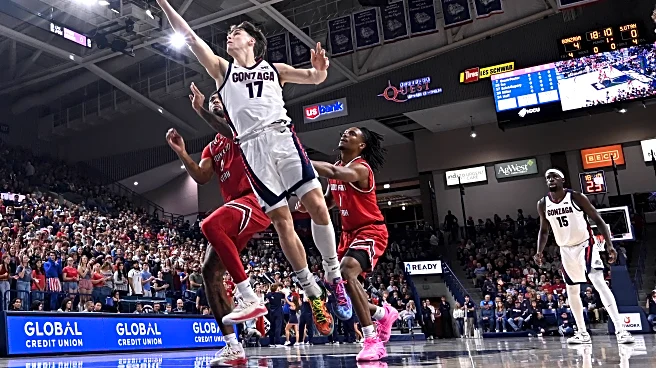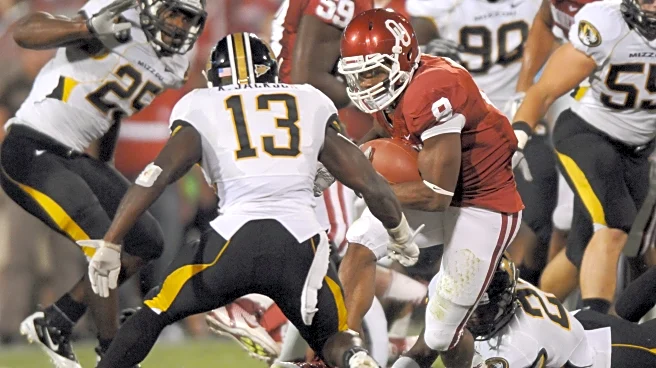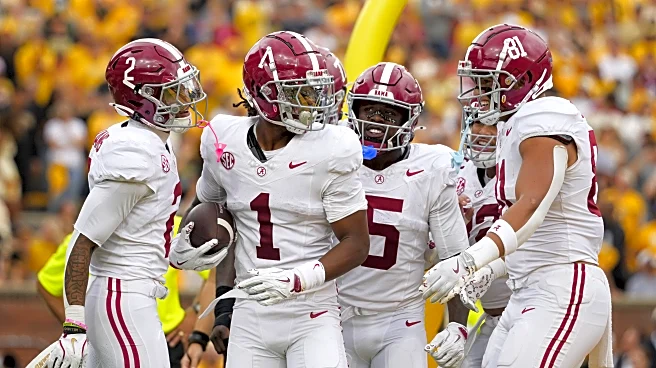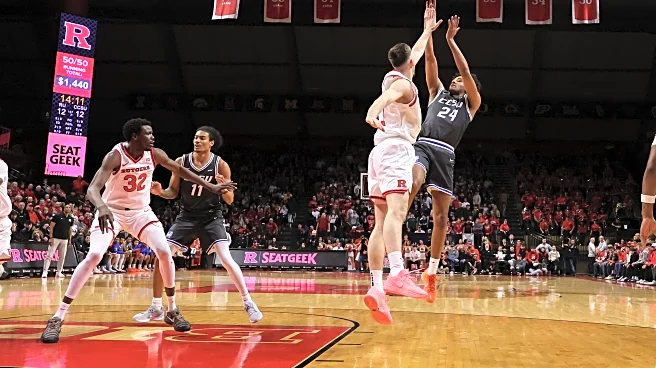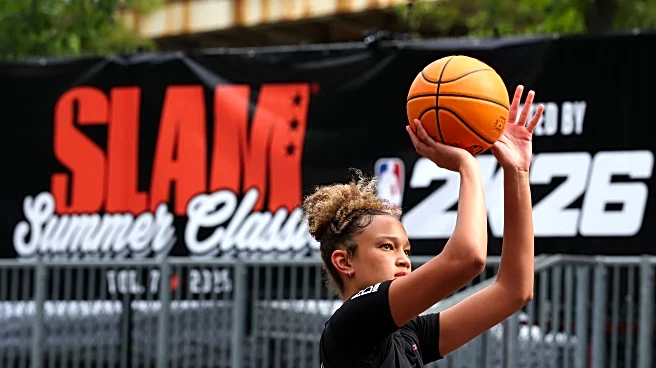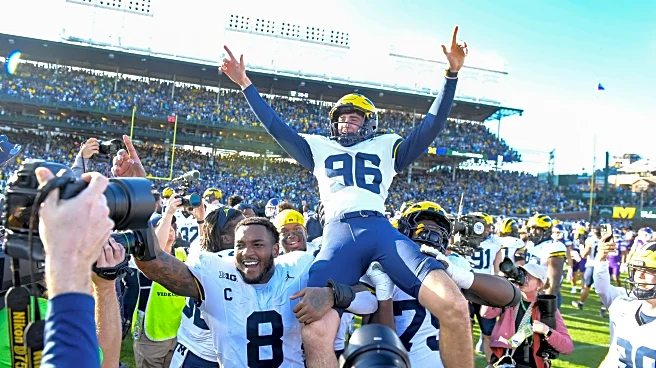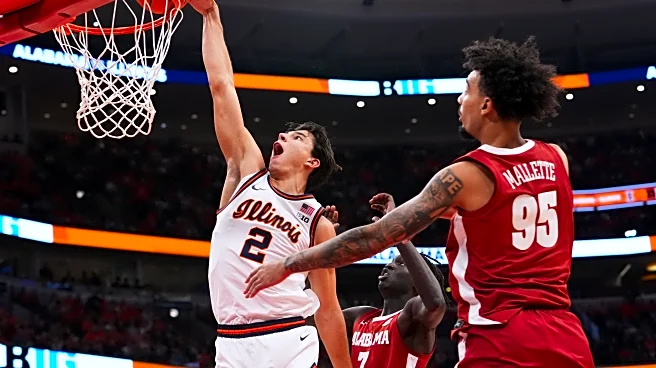Gonzaga opens its Players Era Festival run on Monday night at the MGM Grand Garden Arena with a heavyweight test against Alabama, a fast-starting SEC contender sitting at 3-1 with marquee wins over St. John’s and Illinois and a narrow loss to top-ranked Purdue. The Zags arrive unbeaten at 5-0 and ranked No. 13, stepping into their toughest matchup of the young season against a program that earned a No. 2 seed in last year’s NCAA Tournament and reached the Elite Eight before falling to DukeThis marks
only the third meeting between the programs, now tied 1–1, after Gonzaga won the 2022 matchup on Drew Timme’s 29 points.
This year’s Players Era Festival packs three games into three days across two venues, drawing the deepest November field in the sport. Gonzaga and Alabama sit in the MGM Grand Arena pod alongside Rutgers, Tennessee, Kansas, Notre Dame, Syracuse, Houston, UNLV, and Maryland, while the Michelob ULTRA Arena pod features Creighton, Baylor, St. John’s, Iowa State, Auburn, Oregon, Michigan, and San Diego State. With point differential serving as the primary tiebreaker after the first two games—and points allowed and points scored next in line—every possession in this year’s tournament carries weight across the entire weekend. In a field this packed with high-intensity matchups, the event doubles as both a lucrative NIL opportunity and the first major résumé-building showcase of the season for programs across every conference.
There’s plenty to speculate about as Gonzaga rolls into Vegas on the heels of a 72-point win over Southern Utah. Will they be rested or rusty after a week without a game? Is Mario Saint-Supery ready to steer the offense against elite guards? Can Tyon Grant-Foster’s rim pressure and energy on the glass tilt a game this big? And how high is the ceiling when Graham Ike and Braden Huff share the floor against top-15 talent? Alabama is the kind of opponent that forces answers, and Gonzaga arrives at the perfect moment to start discovering them.
Meet the Tide:
Alabama arrives in Las Vegas looking every bit like the top-15 outfit the rankings suggest. Nate Oats has the Tide operating with one of the nation’s most explosive attacks, built around LaBaron Philon Jr., who’s averaging 20.5 points and 5.8 assists while carrying the SEC’s newest high-usage guard role with surprising poise. He’s flanked by Aden Holloway (17.8 PPG), Houston Mallette (12.0 PPG), and Latrell Wrightsell Jr. (10.0 PPG, 57% shooting), a trio that spaces the floor and scores in bunches when Alabama pushes tempo. The frontcourt rotates through Amari Allen (8.0 RPG) and Aiden Sherrell (4.0 RPG, 1.0 BPG), both mobile enough to run with Oats’ pace-and-space system. Their win over No. 8 Illinois showed the full blueprint: 90 points, 13 threes, and a spread floor that punished late help, all powered by Philon’s 24 points and relentless downhill pressure. Oats’ philosophy remains unchanged—shoot early, shoot often, and force teams to defend the entire width of the floor—but the numbers reveal the core tension of this year’s group: Alabama owns a top-10 offense and a defense sitting outside the top 35, which means high-level opponents who stay disciplined can keep pace and expose the Tide’s tendency to get lost in the half-court defense.
Three Keys to the Alabama Game
1. Make LaBaron Philon Earn Everything
Alabama enters the game with the No. 8 offense in KenPom, and that ranking reflects how much is built around LaBaron Philon’s ability to create the first crack in a defense. He’s averaging 20.5 points and 5.8 assists, and he dictates tempo, spacing, and rhythm. If Philon gets downhill early in possessions, Alabama becomes almost impossible to guard because the kickout threes come in clean rhythm. But when teams push him wide, take away the first driving lane, and make him play deeper into the clock, the entire offense slows dramatically — which is exactly what Purdue did in their win.
Gonzaga has the personnel to do that. Warley, Saint-Supery, and Innocenti all bring enough size to force Philon to dribble east–west instead of north–south, and that alone can erase Alabama’s most dangerous possessions. Gonzaga enters with the No. 3 defense in KenPom, and this is where that ranking has to matter: they must turn Philon from a downhill engine into a patient, late-clock creator. If Philon spends half the night probing without turning the corner, Alabama’s efficiency drops out of its elite tier, and Gonzaga keeps the game in a scoring range they can manage.
2. Push Alabama’s Shooters Into Their Least Efficient Spots
Alabama spaces the floor with real scoring threats, but almost all of them depend on where and when they catch the ball. Aden Holloway (17.8 PPG, 34.6% from three) is a rhythm scorer who thrives when the ball arrives early in possessions. Houston Mallette (10.5 PPG) is at his best when the pass hits him exactly on time. Latrell Wrightsell (10.0 PPG, 57.1% FG) feasts on open, in-rhythm looks. All three become noticeably less efficient when they’re forced to dribble, relocate, or shoot late in the clock.
This is where Gonzaga’s defense has to carry the game. Oats’ teams shoot in volume and with confidence — but the secret is that their worst threes look just like their best ones, except they come two seconds later than planned. Purdue exposed this by forcing Alabama’s shooters into catch-and-shoot attempts a few steps off their favorite spots, and Gonzaga’s length on the perimeter can replicate that. If Holloway’s early pull-up threes turn into contested side-step attempts, or if Wrightsell’s rhythm catches come outside the primary window, Alabama’s No. 8 offense becomes significantly less lethal.
This is also where Gonzaga’s rebounding matters. Purdue beat Alabama by grabbing 52 rebounds to Alabama’s 28, choking off second-chance threes and keeping Alabama out of transition. Gonzaga doesn’t have to dominate by +24, but they do have to end possessions cleanly.
3. Use Depth to Score From Every Level
Alabama’s biggest vulnerability is the defensive end of the floor—they enter the matchup 36th in KenPom defense, and their scheme depends heavily on aggressive stunts, long closeouts, and recovery speed instead of stability. Against teams with only one or two creators, it works. Against teams that can score from multiple positions and change the rhythm of the offense by shifting ballhandlers, it breaks.
This is exactly where Gonzaga must lean on its depth. With Mario Saint-Supery likely starting, the Zags add a downhill guard who can collapse the defense early in possessions and force Alabama’s helpers to commit. Beside him, Tyon Grant-Foster becomes one of the swing pieces: his ability to get to the rim, pressure gaps, and attack the offensive glass gives Gonzaga a serious advantage in second-chance scoring, and his presence on the weak side punishes Alabama’s habit of drifting out of position for transition scoring opportunities.
Add in Graham Ike’s 17.0 points and 9.2 rebounds, Braden Huff’s playmaking from the high post, Warley’s steady creation, and Adam Miller’s floor-spacing, and Gonzaga has a lineup capable of stressing Alabama’s defense at every level of the floor. The goal isn’t to rely on any single scorer, it’s to constantly shift the point of attack: post touches, empty-side drives, slot actions, second-chance opportunities, and ball reversals that make Alabama guard multiple layers of the possession.
Alabama handles one-dimensional teams. Gonzaga’s best path is becoming the opposite: five attackers, five threats, and a rhythm that never lets the Crimson Tide load up on any one player or action.
Final Thoughts
Gonzaga walks into Las Vegas with momentum, depth, and a defense that has quietly climbed into the top tier of the national metrics, and Monday night offers the first real chance to show what this version of the Zags can be. Alabama will score — they always do — but the matchups tilt toward a Gonzaga team that can rebound, defend in space, and attack from more spots than the Tide can comfortably cover. With Mario Saint-Supery pushing the pace, Tyon Grant-Foster crashing the glass, Graham Ike anchoring the interior, and a rotation full of guards who can make the right read under pressure, this is the kind of early-season test that can announce a team’s ceiling. The Zags have the toughness, the versatility, and the identity to win a game like this, and if they impose their style early, they will walk out of the MGM Grand with a statement victory and a clear path towards a top-10 (perhaps even top-5?) ranking.
